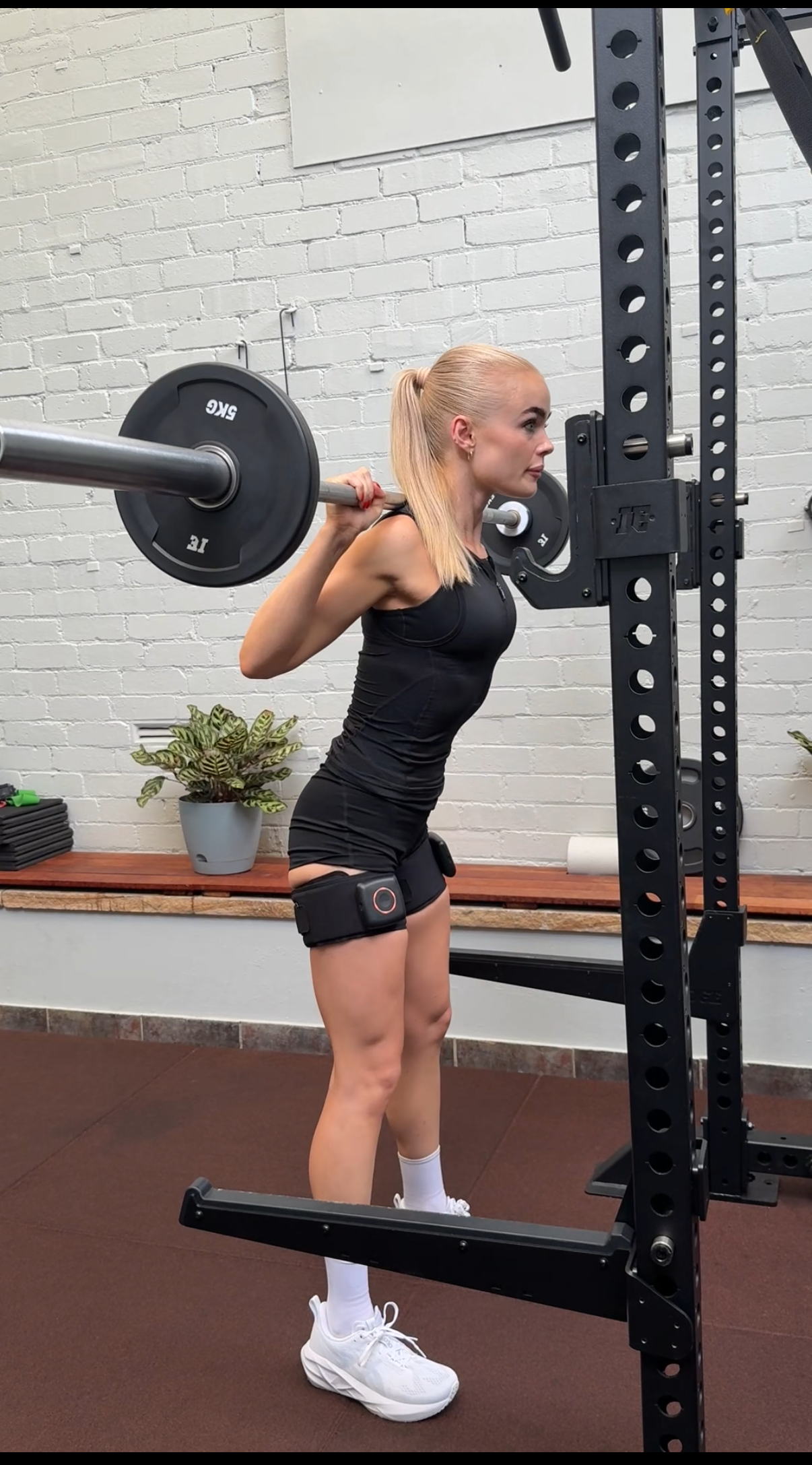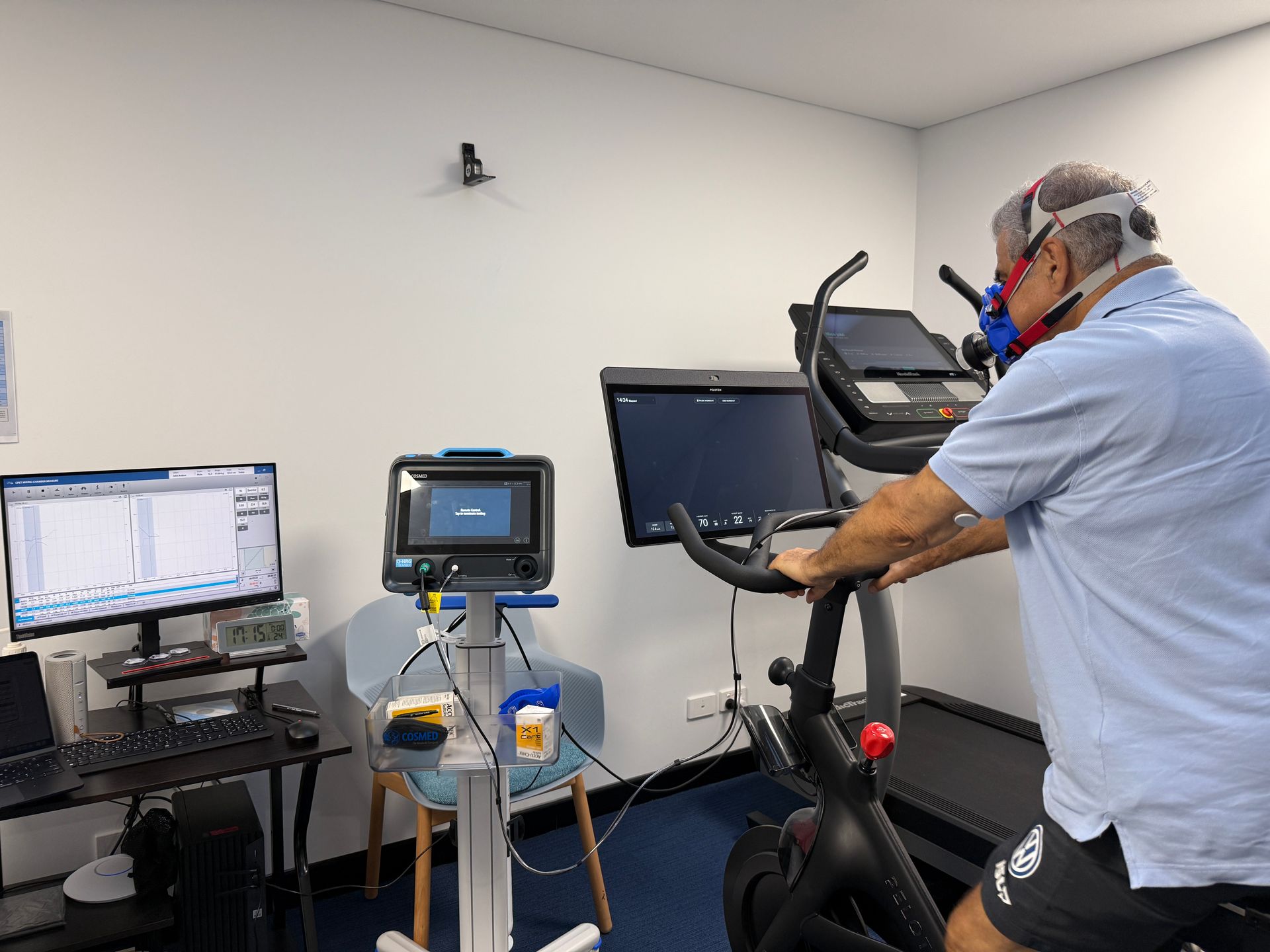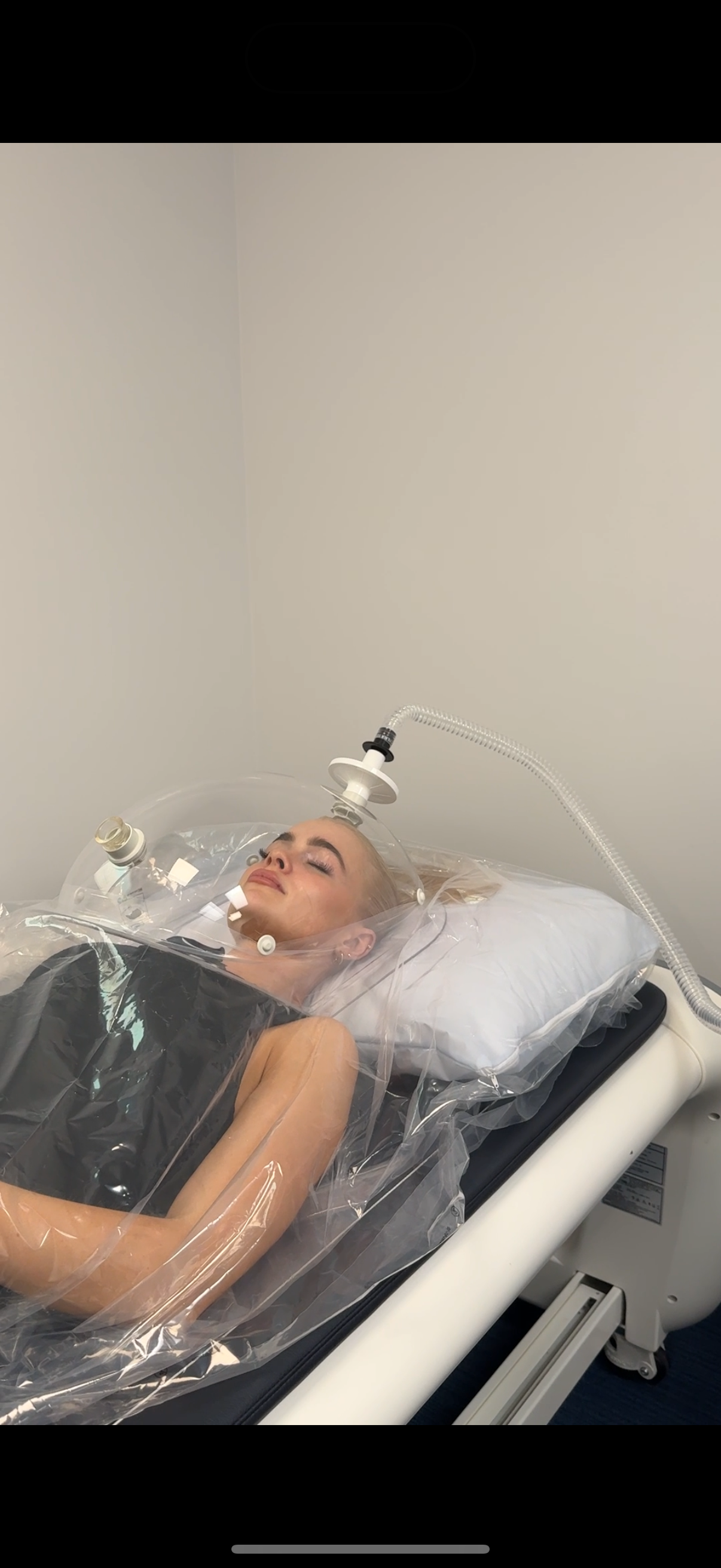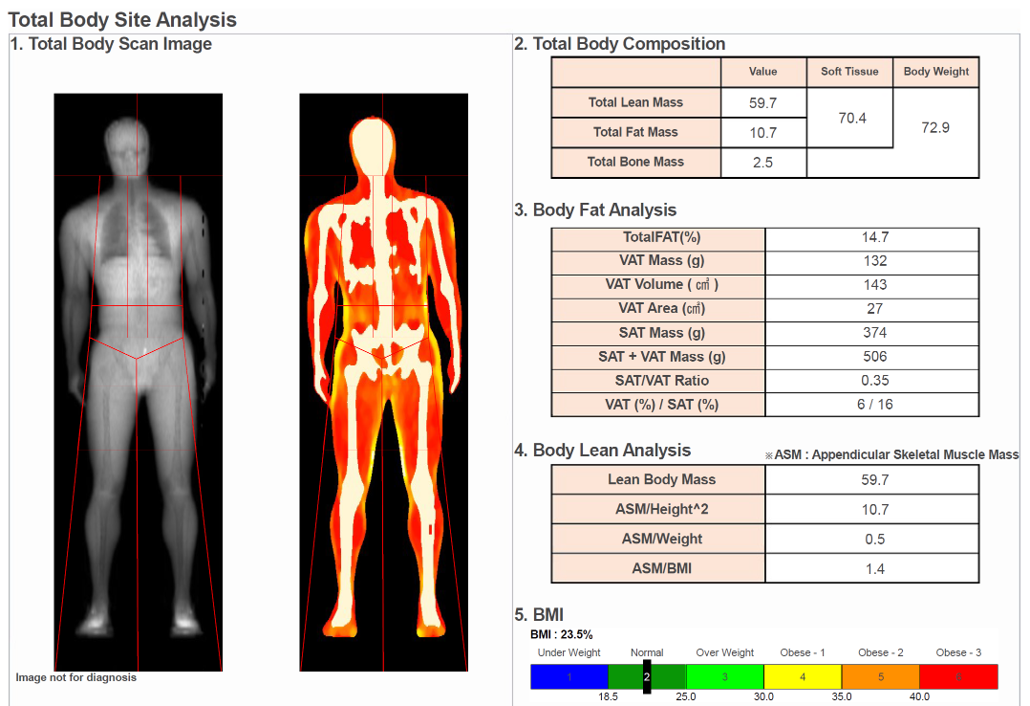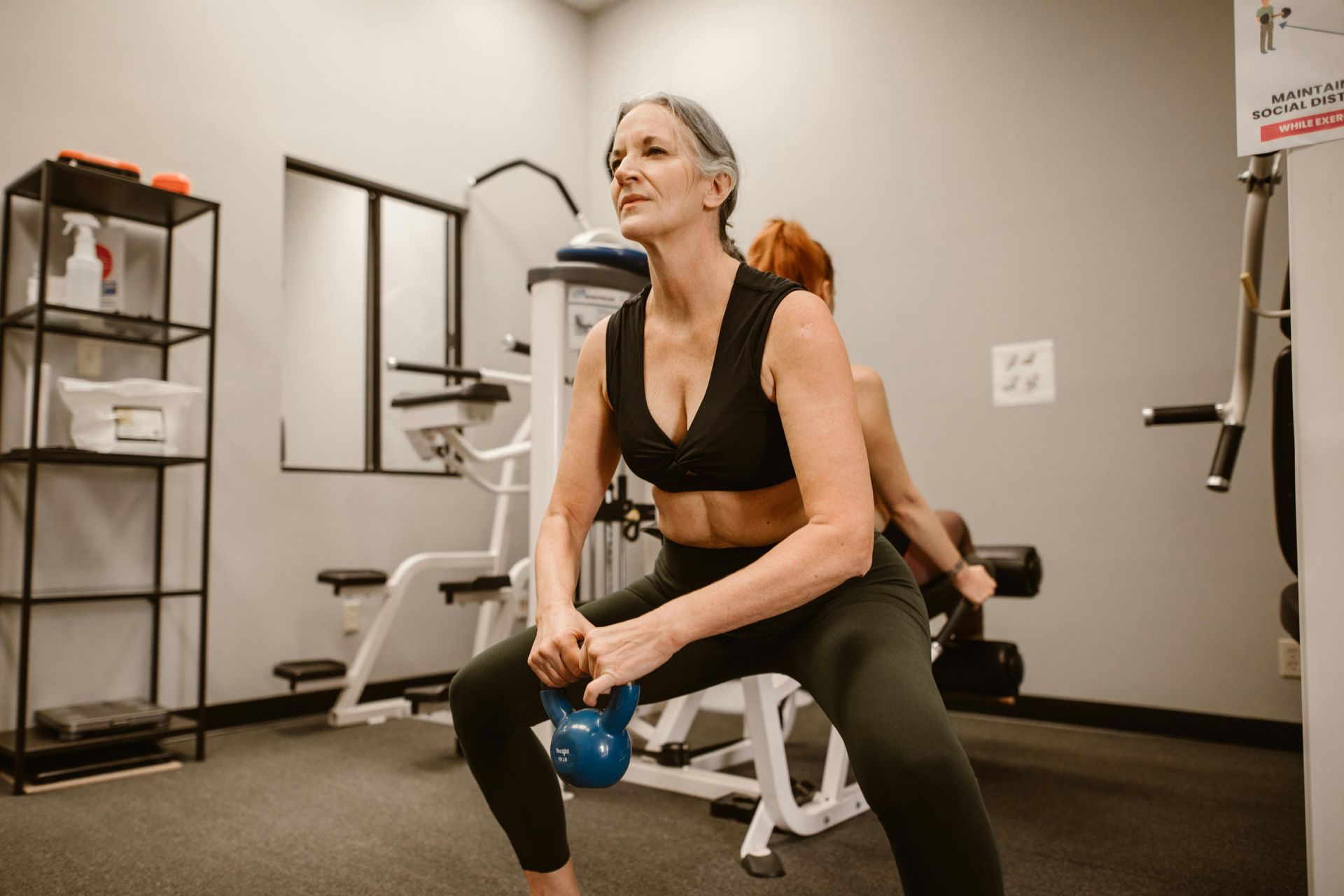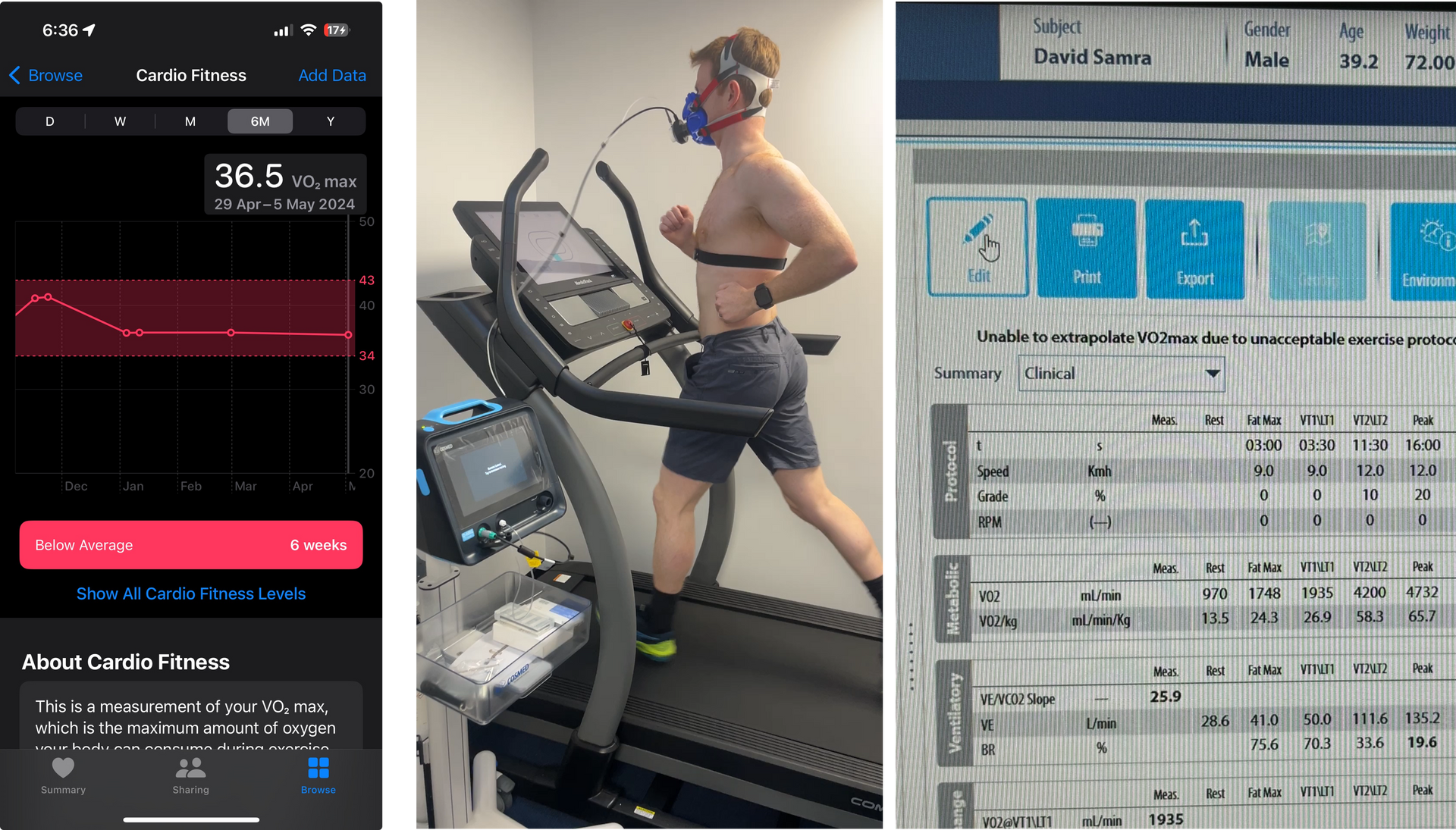Blood Flow Restriction Training for Knee Injury Management: A Game-Changer in Rehab
This is a subtitle for your new post
By Cameron Hyde, Accredited Exercise Physiologist | HYDE AEP
When you’re rehabbing a knee injury—whether it’s post-surgery, an ongoing overload issue, or something more chronic—the challenge is often figuring out how to rebuild strength without aggravating the joint. That’s where blood flow restriction training (BFR) has completely changed the game. It’s something I’ve been using regularly in clinic, and with good reason. The Australian Institute of Sport (AIS) has backed it with a 2022 position statement, and the research since has only strengthened the case for it.
BFR works by using a cuff or band around the upper limb or thigh to partially restrict blood flow. This restriction triggers a metabolic stress response, which promotes muscle growth—even when using very light weights. We’re talking 20 to 30% of your usual max load, but still getting similar strength and hypertrophy gains to lifting heavy. That’s huge for knee rehab, especially in those early or sensitive stages where high loading just isn’t an option.
According to the AIS, BFR is safe and effective when used in both early and late stages of rehab. They highlight its usefulness for conditions like ACL reconstruction recovery, patellofemoral pain, and post-meniscus surgery. It’s not about replacing traditional rehab exercises—it’s about adding a tool to the kit that lets us train smarter during those times when your knee simply can’t handle heavy loads. The key is using it with the right pressure, at the right time, and with a plan tailored to your injury and stage of recovery.
Compared to standard resistance training, BFR allows you to achieve similar outcomes without placing as much mechanical stress on the joint. With traditional strength training, we often need loads around 70–85% of your one-rep max to stimulate growth. That’s great once the joint is ready, but early on it can cause more harm than good. BFR lets us dial the load way down, while still getting those crucial gains in muscle size and strength. It’s also often better tolerated—less pain during sessions and fewer flare-ups afterwards—especially when the injury is still settling.
There’s some solid research behind this too. A 2017 meta-analysis by Hughes and colleagues found that BFR combined with light loads significantly improved muscle size and strength in both healthy people and those going through rehab. Lixandrão et al. (2018) showed that training with just 30% of your 1RM using BFR produced similar muscle growth to lifting at 80% without it. And more recently, a 2022 review by Hughes and Patterson found that after ACL surgery, patients using BFR saw faster improvements in quad size and function than those following standard protocols alone.
For most knee injuries, BFR can be used right from the start. In the first few weeks post-injury or post-op, we might use it during isometric exercises like straight leg raises or quads sets. As you progress, we can combine it with light resistance exercises—think bodyweight squats, leg press, or banded knee extensions. Later in rehab, BFR can be paired with more traditional strength work to maintain gains or break through plateaus. The whole point is that we’re able to load the muscle while keeping the joint safe.
Of course, safety comes first. BFR is generally very well tolerated, but it’s not suitable for everyone. If someone has uncontrolled hypertension, a history of DVT, or vascular disease, we need to have a proper conversation first—and ideally liaise with their medical team. I also always measure limb occlusion pressure to set individualised cuff pressures, usually between 40–80% of full restriction, to make sure the stimulus is right and the experience is safe.
In short, BFR training gives us a really powerful way to keep muscles active, strong, and progressing—even when the knee joint isn’t quite ready for traditional loading. I’ve used it with clients coming back from ACL injuries, dealing with patellofemoral pain, or simply trying to stay strong during a deloaded phase. If you're stuck in rehab or feel like you’ve plateaued, it might be just what you need to keep moving forward.
If you’re interested in trying BFR or want to see how it might fit into your rehab plan, get in touch. We can go through a screening and put together a plan that matches your injury, goals, and stage of recovery.




